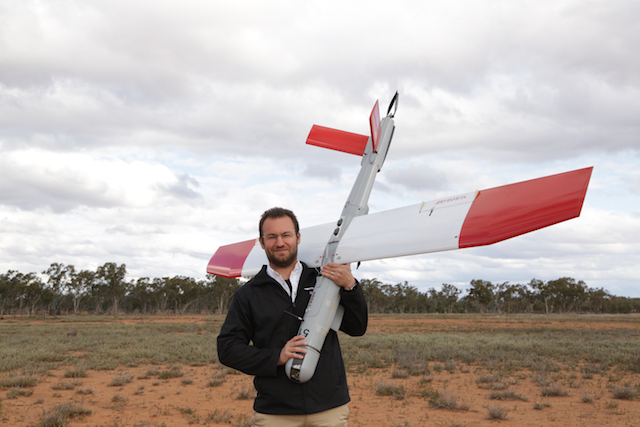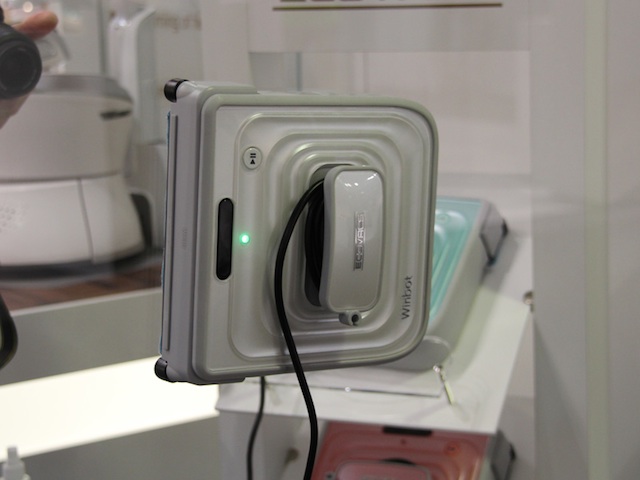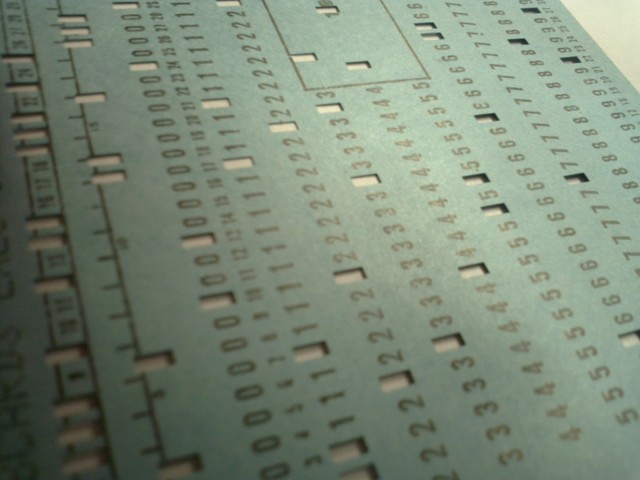Can unmanned aircraft solve Australia’s feral animal problem? Startup Ninox Robotics believes sending military-grade unmanned aerial vehicles (UAVs) into the country’s outback can help farmers control pests such as wild dogs and pigs on their sprawling properties.
“Australian landholders and managers have been struggling against the problem of invasive pest species for decades, including feral dogs, pigs, deer and rabbits,” says the co-founder and CEO of privately owned Ninox, Marcus Elrich.
Government steps in
Regulatory requirements on commercial drones such as their only being allowed for line of sight operations during daylight hours and below 400m has limited the deployment of UAVs in large scale agricultural applications, particularly with feral animals that tend to come out at night.
Ninox’s drones, supplied and operated by Israeli UAV supplier Bluebird, are licensed to operate in the dark and up to 50km from their base. They also have a detachable head that allows operators to switch cameras for different operations, allowing for normal cameras during daytime and infrared at night.
The trial, being conducted by Ninox Robotics, is the most ambitious civilian drone trial ever conducted in Australian airspace. It utilises state of the art UAVs with advanced real time thermal imaging capabilities to detect invasive pests in rural areas.
Currently Ninox only has approval from the Australian Civil Aviation and Safety Authority (CASA) to run three-week trials at selected sites in southern Queensland and northern New South Wales.
Services to farmers
Should the trials be successful and Ninox obtain a wider operating license from CASA, Elrich is looking at offering the service to farmers, government agencies and utility companies for operations ranging from pest control to asset and stock management along with search and rescue roles for emergency services.
While the use of military drones is substantially more expensive than commercial drones with the costs currently around $3,000 per flight, Elrich believes the service is competitive with manned helicopter operations that many properties in rural Australia require.
Should the drones be successful on Australia’s sprawling farms, it’s going to be another example of how the current wave of technologies is further automating agriculture. There’s a lot more labour to be saved with these devices.
At present Elrich and Ninox see pest management as the initial application, but there’s many other ways farmers can be using robot technologies.




